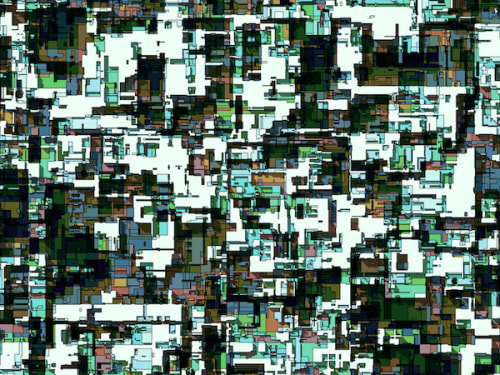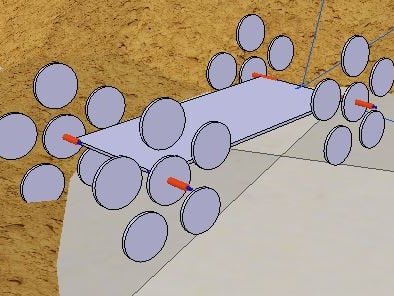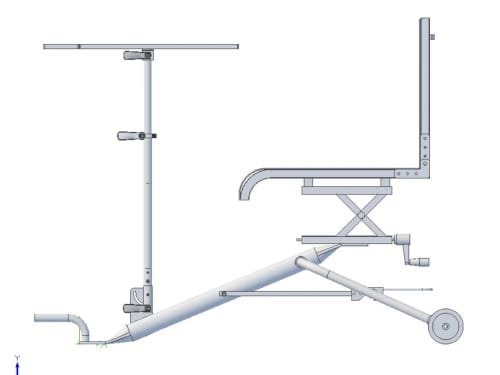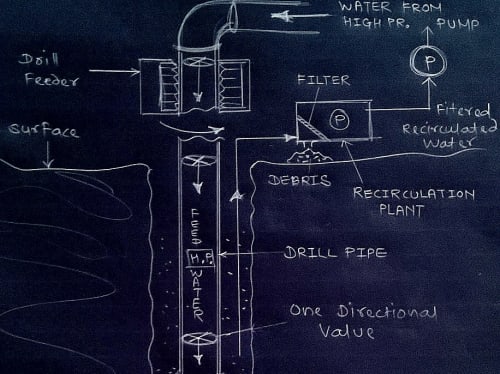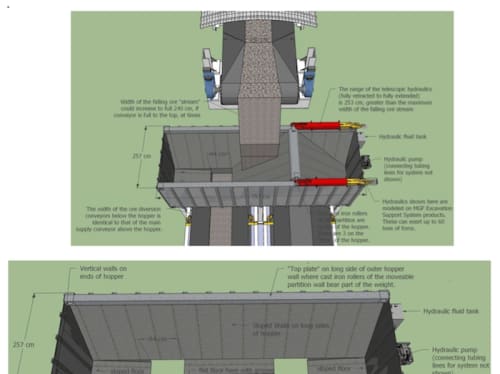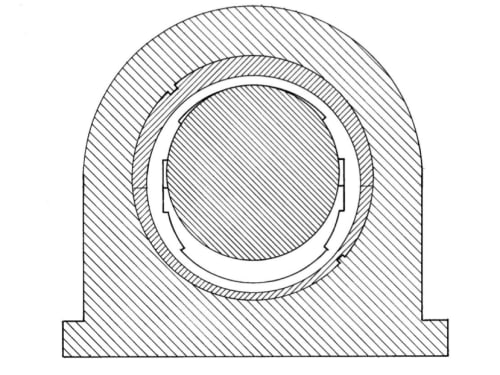2016
Machinery/Automation/Robotics
The nanomachines’ and nanorobots’ population is imminent. Their operation will involve a conglomerate of structures to organize them and let them function at ease. This near future nano-demography will require cities: facilities for the input/output of energy and material they consume, produce or by-produce. This is the ultimate futuristic urban frontier.
Robots are rapidly coming into the picture by working in space, mines, hospitals, military, search and rescue operations etc. All terrain mobile robots is a new project and for this, many mechanisms can be developed, existing ones can be optimized to reduce cost and enhance performance.
A very important part, that is,
Proposed idea is aimed to eliminate the paper-printing process and transfer the pattern directly to the fabric.
Idea is based on Cell phone gravity sensor.
As we are aware that in present scenarios it is very difficult to get labours to work in construction industries and former work. Also on the other side labour law is getting stringent and many industries are facing the hit. To encounter this problem industries are going towards automation.
This invention is a wheeled, portable, collapsible workstation with integral seating, work surface, load securing and transportation capacity.
This unique invention utilizes a stable tripod frame structure, an ergonomically adjustable and designed seating assembly, and an ergonomically adjustable and designed work surface assembly in a hand portable device.
It's based on the principle of water jet cutting. It gives the combined effect of water jet cutting and surface drilling operation to overcome the drilling problems by this design on the basis of anticipation of potential hole problems, such as drill hole deviation and high hardness rocks.
The present disclosure is related to a machine which includes a chassis, a dump body supported to the chassis, and an electric drive system. The electric drive system includes an engine, a generator connected to the engine, a rectifier electrically connected to the generator, an inverter electrically connected to the rectifier, an electric motor electrically connected to the inverter,
This proposal is for an innovative mechanism to selectively reject material from an ore or other material stream on a conveyor, using a sensor to identify “parcels” of streaming material with a specific characteristic (grain size, color, fluorescence, etc.) on the conveyor and diverting those “off-spec” materials. The conveyor may carry the materials at 6 meters per second.
This converter solves multiple problems for the energy industry. It can develop and modernize the national power system. Also, it can be applied to inventions that are superior to existing power technologies and it can extend the scope of theoretical research and practical application of energy systems.
Improving energy systems is done by increasing their power,
The invention relates to heat engines and, more specifically, to positive displacement internal combustion engines, and is particularly concerned with very large rotary internal combustion engines fueled by solid particulate fuels like coal dust, destined to drive electric current generators, and intended to replace large steam turbines offering at least 50% overall efficiency typical for large Diesel engines,
Page 7 of 9
